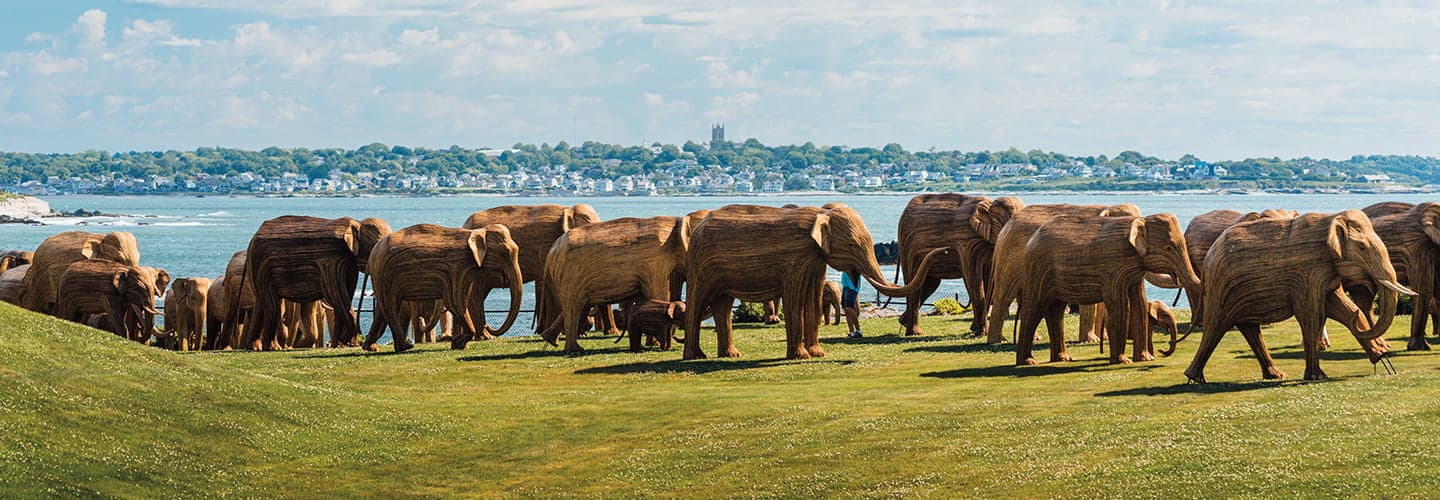This herd is traveling across the U.S.—without moving a muscle. That’s because it’s actually a group of sculptures in an exhibit called “The Great Elephant Migration.” Each life-sized statue was handmade by Indigenous people from an area of India called Nilgiri Hills. The statues are made from a shrub called Lantana camara, which destroys the habitats of elephants and other species.
The herd has already traveled to Newport, Rhode Island, and New York City. During the year-long tour, the statues will be for sale. The money raised will support wildlife protection groups. The organizers of the exhibit hope the sculptures will inspire people to peacefully share land with real wildlife.

